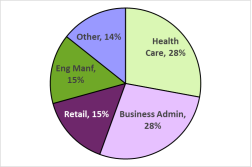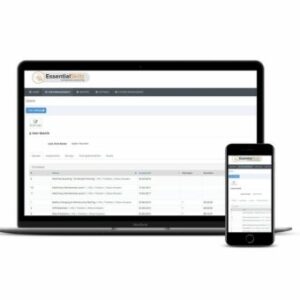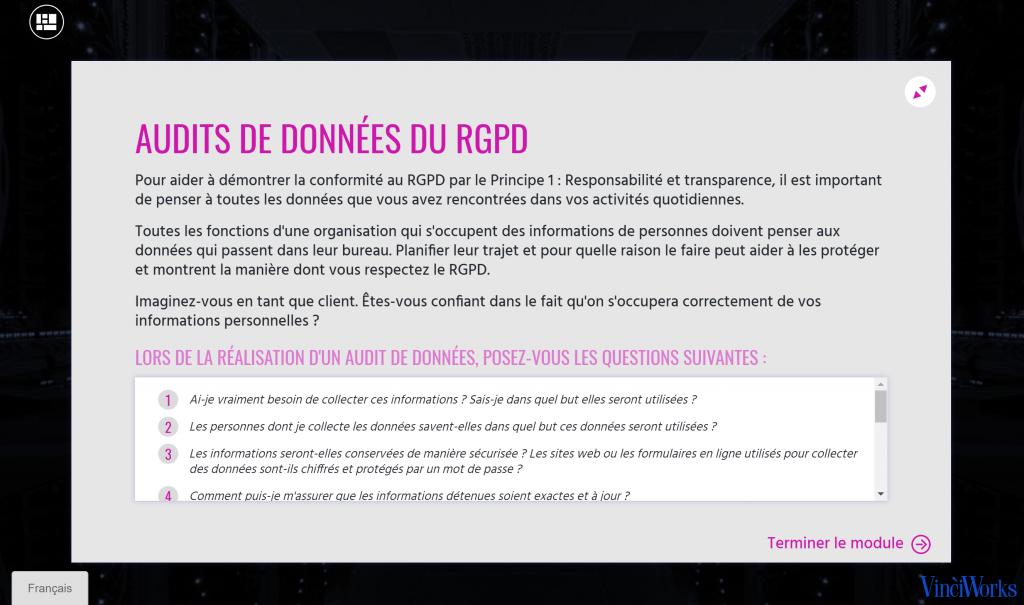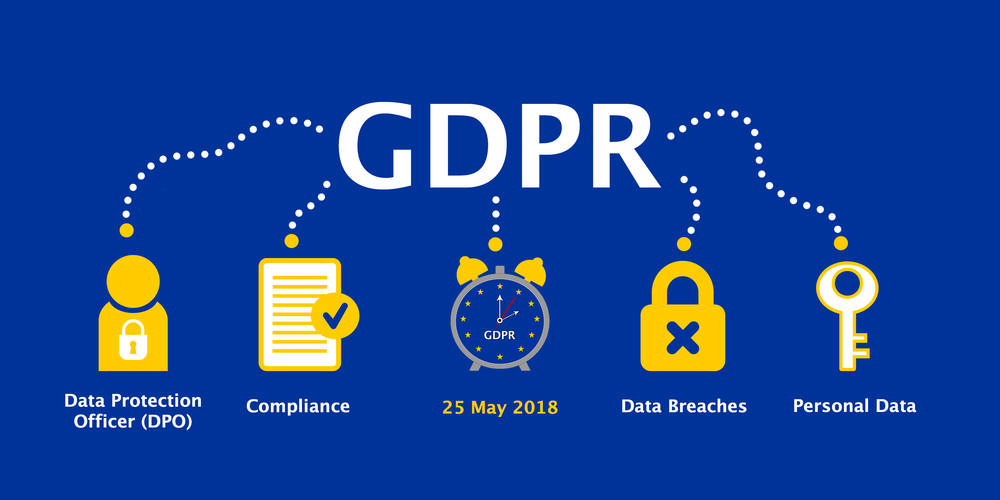More apprentices due to join the workplace,
The 2008 Education and Skills Act changed the rules about what young people could do at 16. If they don’t want to study full-time, they must find employment that includes education and training until they are 18. More young people in the workforce means more demands for Apprenticeship Training.
Employers and training providers initially had little incentive to create new opportunities, and so some young people embarked on courses they didn’t really want to do or took jobs where the training wasn’t very valuable. The charity Campaign for Learning identified that raising the participation age exacerbated the gap in resources for 16 to 18-year-olds who didn’t want to follow an academic route.
“Too many young people may still find themselves in jobs with little chance of developing worthwhile skills or gaining recognised qualifications.”
To encourage employers to provide more apprenticeships with a structured standard and an assessment plan, the UK government introduced the apprenticeship levy in April 2017. Large employers (with a pay bill of more than £3m) must set aside 0.5% of their pay bill to invest in apprenticeship training. Small and medium employers are not forced to provide apprenticeships, but if they do the government will pay 90% of the cost of training and assessment.
The news headlines at the end of 2017 suggested that the levy led to a fall in the number of apprenticeships. However, whilst the number of people starting apprenticeships in quarter 1 of the 2017/18 academic year (August to October) fell by nearly 60% compared to the same period in 2016, April 2017 had seen a doubling of the number of new starts compared with the previous year, suggesting perhaps that employers had filled places early.
 As shown in the pie chart, three service sectors together represent 7 out of every 10 apprenticeships, with engineering and manufacturing coming a close fourth. Of these, health and social care is the biggest growth area, with apprenticeships starts bucking the overall trend by increasing during the year.
As shown in the pie chart, three service sectors together represent 7 out of every 10 apprenticeships, with engineering and manufacturing coming a close fourth. Of these, health and social care is the biggest growth area, with apprenticeships starts bucking the overall trend by increasing during the year.
or those companies paying the levy, the money is saved into a digital account. Since employers have two years to spend that money, many might be using the time to plan how it can best be spent to fill anticipated skills gaps, such as those arising as EU workers return home in anticipation of BREXIT. There could be a lot of young people entering the workplace as the clock ticks on previous levy payments.
What do I need to do to protect young people at work during Apprenticeship Training?
The Management of Health and Safety at Work Regulations require employers to pay attention to the need to protect young people at work
“from any risks to their health or safety which are a consequence of their lack of experience, or absence of awareness of existing or potential risks or the fact that young persons have not yet fully matured.”
Whilst it is obvious to you not to take drinks into a tool shop, the Starbucks generation will need to be reminded; whilst you know it’s common sense to wipe up spills, they might have always left that to their parents!
Alongside the apprenticeship training covered by the levy, other training will need to be arranged and paid for by the employer. This includes site inductions, local evacuation arrangements and basic health and safety training covering topics like slips and trips, electrical safety, fire safety and personal protective equipment. You might want to cover other business areas too, such as site security, and if they have access to a computer at work, cybersecurity.
Whilst college attendance will cover some training requirements, how are you going to provide all the workplace training an apprentice needs? And how are you going to manage and track progress and monitor success? Let’s start by thinking like a millennial.
Different Generations Learn Differently
 The stereotypes of baby boomers (born between 1946 and 1964), generation X (1965 to 1979), millennials or Gen Y (1980 to 1995) and post-millennials or gen Z (those born since 1996) should be treated with caution since any generation has more differences than similarities. However, considering the experience of each is useful when deciding how to provide training. Baby boomers and generation X will remember blackboards at school, and at the younger end, whiteboards using odorous pens. Post-millennials joining the workplace now might never have seen a blackboard, and their whiteboards were connected to the Internet and touch sensitive.
The stereotypes of baby boomers (born between 1946 and 1964), generation X (1965 to 1979), millennials or Gen Y (1980 to 1995) and post-millennials or gen Z (those born since 1996) should be treated with caution since any generation has more differences than similarities. However, considering the experience of each is useful when deciding how to provide training. Baby boomers and generation X will remember blackboards at school, and at the younger end, whiteboards using odorous pens. Post-millennials joining the workplace now might never have seen a blackboard, and their whiteboards were connected to the Internet and touch sensitive.
Those blackboards were used by teachers to write notes which students copied into their books, learned for homework and were tested on in class. The teacher was the source of knowledge. Generations Y and Z learned to research topics at primary school. They watched YouTube for homework. They made films, papier-mâché models, or even wrote poems about scientific principles and historical events. They devised their own tests with an app.
eLearning is particularly suitable for younger “Digital natives”
Workplace learning for young people, therefore, should use active approaches and take advantage of what young  people like doing – using computers! One such approach is the LOcHER project. Students use computers to do their own research and make their own posters, edit their own videos or devise their own competitions. See the glove-off challenge or the Dust n Boots rap for examples of motivated students.
people like doing – using computers! One such approach is the LOcHER project. Students use computers to do their own research and make their own posters, edit their own videos or devise their own competitions. See the glove-off challenge or the Dust n Boots rap for examples of motivated students.
E-learning is another area that gen Y are very comfortable with – provided it doesn’t spoon feed them. They are happy to guess at the right answers, and e-learning can allow them to do this, but without looking foolish in front of their peers.
Some young people choose apprenticeships as a positive choice over A-levels and university; others do it because they were told they weren’t good enough. Around one in ten of those starting apprenticeship training has a recognized learning difficulty, and the proportion has increased steadily since 2011/12. Some of these young people lack confidence. Making e-learning accessible to them – on computers at work, but also allowing them access on their own mobile devices, out of work time if they choose – means that they can repeat a lesson as often as they want until they feel confident. If attention deficit is a problem, an e-learning solution that allows students to break their learning into chunks of time that suits them has additional value. Ten minutes while they wait for the bus; five minutes when they get into work in the morning. It all adds up and will help everyone (not just those with specific learning needs) to take information in.
has increased steadily since 2011/12. Some of these young people lack confidence. Making e-learning accessible to them – on computers at work, but also allowing them access on their own mobile devices, out of work time if they choose – means that they can repeat a lesson as often as they want until they feel confident. If attention deficit is a problem, an e-learning solution that allows students to break their learning into chunks of time that suits them has additional value. Ten minutes while they wait for the bus; five minutes when they get into work in the morning. It all adds up and will help everyone (not just those with specific learning needs) to take information in.
A Learning Management System is an elegant solution for Apprenticeship Training
So, if you going to combine e-learning, video projects, on-the-job briefings and the rest, how are you going to record the evidence you need to demonstrate that you are providing appropriate training?
What you don’t want is an online learning management system (LMS) that works OK for eLearning – but doesn’t support other forms of training, such that you must resort to a spreadsheet for the rest. A great LMS will allow you to track invites and attendance to classroom courses, completion of assignments and on-the-job successes too.



 As shown in the pie chart, three service sectors together represent 7 out of every 10 apprenticeships, with engineering and manufacturing coming a close fourth. Of these, health and social care is the biggest growth area, with apprenticeships starts bucking the overall trend by increasing during the year.
As shown in the pie chart, three service sectors together represent 7 out of every 10 apprenticeships, with engineering and manufacturing coming a close fourth. Of these, health and social care is the biggest growth area, with apprenticeships starts bucking the overall trend by increasing during the year. The stereotypes of baby boomers (born between 1946 and 1964), generation X (1965 to 1979), millennials or Gen Y (1980 to 1995) and post-millennials or gen Z (those born since 1996) should be treated with caution since any generation has more differences than similarities. However, considering the experience of each is useful when deciding how to provide training. Baby boomers and generation X will remember blackboards at school, and at the younger end, whiteboards using odorous pens. Post-millennials joining the workplace now might never have seen a blackboard, and their whiteboards were connected to the Internet and touch sensitive.
The stereotypes of baby boomers (born between 1946 and 1964), generation X (1965 to 1979), millennials or Gen Y (1980 to 1995) and post-millennials or gen Z (those born since 1996) should be treated with caution since any generation has more differences than similarities. However, considering the experience of each is useful when deciding how to provide training. Baby boomers and generation X will remember blackboards at school, and at the younger end, whiteboards using odorous pens. Post-millennials joining the workplace now might never have seen a blackboard, and their whiteboards were connected to the Internet and touch sensitive. people like doing – using computers! One such approach is the
people like doing – using computers! One such approach is the  has increased steadily since 2011/12. Some of these young people lack confidence. Making e-learning accessible to them – on computers at work, but also allowing them access on their own mobile devices, out of work time if they choose – means that they can repeat a lesson as often as they want until they feel confident. If attention deficit is a problem, an e-learning solution that allows students to break their learning into chunks of time that suits them has additional value. Ten minutes while they wait for the bus; five minutes when they get into work in the morning. It all adds up and will help everyone (not just those with specific learning needs) to take information in.
has increased steadily since 2011/12. Some of these young people lack confidence. Making e-learning accessible to them – on computers at work, but also allowing them access on their own mobile devices, out of work time if they choose – means that they can repeat a lesson as often as they want until they feel confident. If attention deficit is a problem, an e-learning solution that allows students to break their learning into chunks of time that suits them has additional value. Ten minutes while they wait for the bus; five minutes when they get into work in the morning. It all adds up and will help everyone (not just those with specific learning needs) to take information in.



